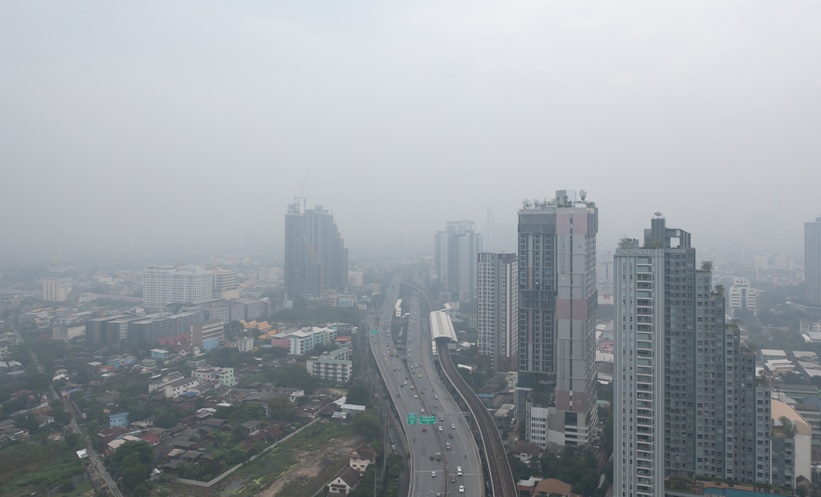PANDEMIC-ERA disruptions have permanently altered the climate-influenza relationship, with new subtype-specific thresholds emerging in Southern China, according to a large-scale analysis spanning 2011 to 2024. The findings underscore that influenza transmission is now guided by recalibrated environmental drivers, with important implications for future surveillance and predictive modeling.
Researchers examined over a decade of influenza surveillance data alongside meteorological and pollution metrics to assess the influence of environmental factors on influenza subtypes before, during, and after the COVID-19 pandemic. Using machine learning and climate modeling, they identified shifting patterns of susceptibility across influenza A/H3N2, A/H1N1, and B/Victoria lineages.
The post-pandemic period was marked by notable increases in subtype activity. A/H3N2 winter positivity nearly tripled compared with pre-pandemic levels, while A/H1N1 rose more than four-fold. In contrast, B/Victoria circulation declined significantly. These divergent patterns suggest that viral ecology was reshaped by both pandemic restrictions and environmental reorganizations.
Key environmental drivers also shifted in prominence across phases. For A/H3N2, particulate matter (PM10) influence surged during the pandemic before giving way to visibility as the dominant post-pandemic factor. A/H1N1 displayed marked humidity sensitivity only at very low absolute humidity levels, while B/Victoria remained strongly linked to sea-level pressure, particularly after the pandemic. Importantly, investigators found that the thresholds for environmental “promotion” or “inhibition” of viral activity differed across subtypes and shifted across phases, highlighting a dynamic interplay between climate and viral transmission.
These results establish a new paradigm in climate-pathogen research. By identifying subtype-specific environmental dependencies, the study highlights the necessity of integrating updated thresholds into influenza surveillance frameworks. Such refinements may improve the accuracy of predictive models, offering clinicians and public health authorities a more robust foundation for anticipating seasonal influenza risks in the years ahead.
Reference:
Zhang L et al. Temporal Shifts in Climate-Influenza Dynamics: A Multi-Subtype Analysis in Southern China Spanning the COVID-19 Era. Transbound Emerg Dis. 2025;2025:5581162.








